 "Grindintosecond" (Grindintosecond)
"Grindintosecond" (Grindintosecond)
01/15/2015 at 15:57 • Filed to: planelopnik
 6
6
 12
12
 "Grindintosecond" (Grindintosecond)
"Grindintosecond" (Grindintosecond)
01/15/2015 at 15:57 • Filed to: planelopnik |  6 6
|  12 12 |
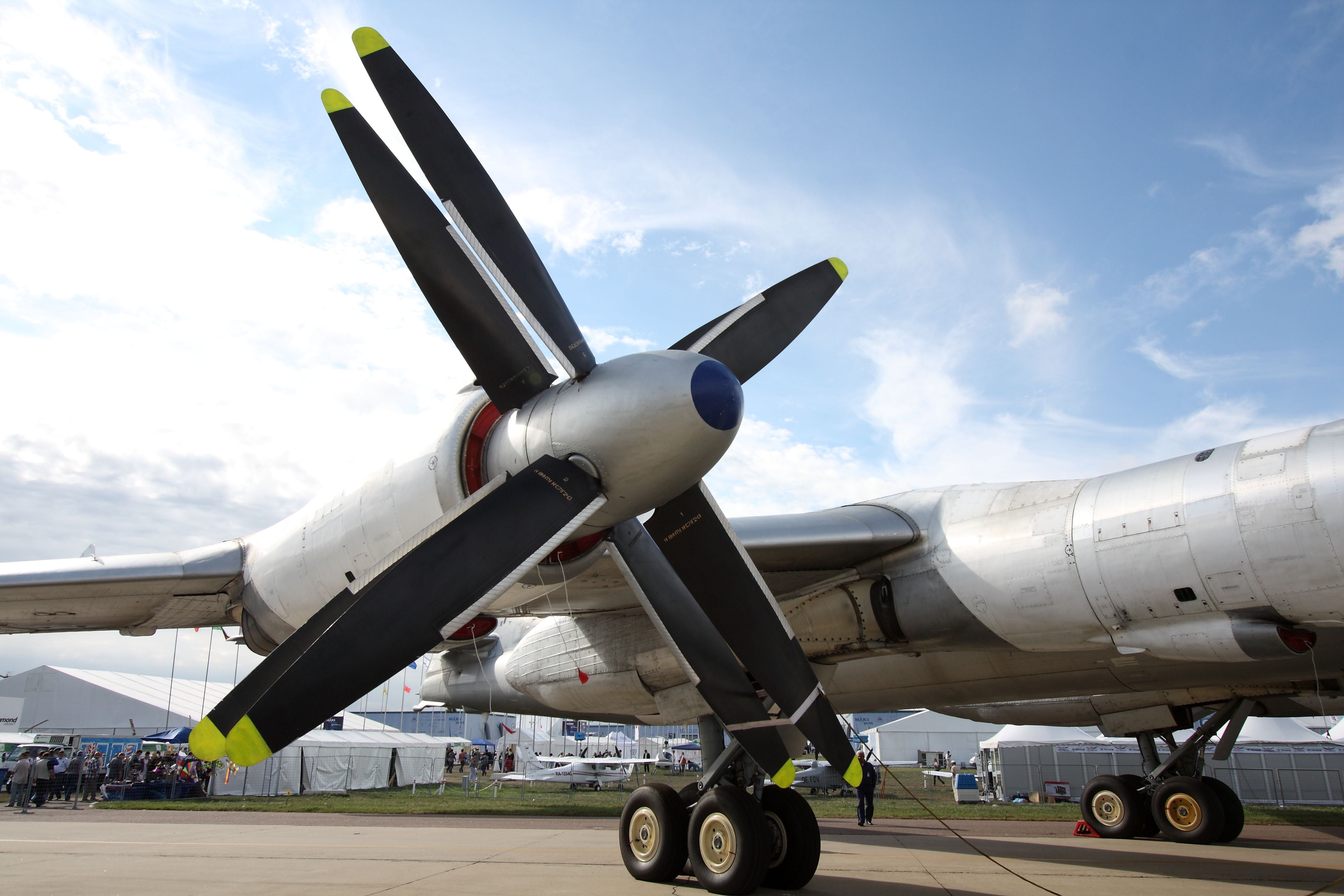
Yeah, some things just look way too cool not to have. Such as these bad boys, the contra-rotating props. Using a planetary gear box that's way more complex than a regular gear reduction, one turns the opposite direction of the other. What are the real reasons to consider such a thing? There are several things we didn't think about before.
fuel savings: Anywhere between 6-16% more efficient in producing thrust for a given horsepower can be found. So, let's imagine your 200 horsepower engine can product 1,000 pounds thrust with a regular propeller, this system would create anywhere between 1,060 to 1160 pounds of thrust instead. So, in theory you could use a smaller engine and gain range from not having to produce so much power. the trade-off? you would need a gearbox to do this and if your plane only weighs 1,500 pounds empty like lots of general aviation planes do, well, you just added another two hundred pounds of gearbox, so a larger plane using such a thing can benefit greatly by making more thrust, or using up to 16% less power and improving economy by that much. A plane as a demonstration? The XB-35:

The benefit of this plane was great speed, and efficiency meeting the department of defense requirement for speed and range. The issue at hand was chronic unreliability of the whole power system. Not Northrop's fault, the Military owned the propellers and engines and had never tested them together so had zero testing reports to provide. so after four flights, the vibrations would increase causing the contra-rotating systems to fail. The result was to make the plane a single prop system, the YB-35, and with the loss of efficiency, it lost the range and speed and it no longer fit in to the military requirements. So, they made a bigger one with eight jets that performed too well, [EDITED for previous inaccuracy:] the politicians favored an enormous space-log of maintenance known as the B-36. Go see it now in the old 1953 classic "The war of the worlds" movie where it dropped an atomic bomb.
Torque negation: With one propeller rotating one way and the other...the other ...way, the forces at play against the rotations are neutral. this means the effect of the engine rolling the plane over on it's back, which happened to many a P-51 Mustang and other high powered WW2 era pursuit planes, was minimized or eliminated. This could help during high-powered handling issues in dog-fights, where big engine torque during a nose-high position could roll the plane over when it slows down and the controls loose their effectiveness. this is just a concept that was not a serious issue as jets replacing prop fighters fixed the issue all together.
Power absorbtion: What? Oh yes, sometimes the power desired was greater than a single propeller could handle. The issue here is how much power can a propeller efficiently transfer into thrust. A 3,000hp engine spinning a two-bladed propeller is a waste. the propeller, no matter how advanced can't make use of all that power. So, we add on blades. Take a look at the more modern C-130 cargo planes with 6-bladed props or the DeHavilland Q-400. There is only so much space a propeller can occupy and the more blades added for a single prop, the less efficient it is. A single blade prop is the most efficient but the practicality? (They did make one for a while) So, stack the props and apply power, solving the space problem and using all of the power possible.
simplification/area footprint: There is at first, a benefit in helicopter use such as the Kaman K-max logging helicopter:
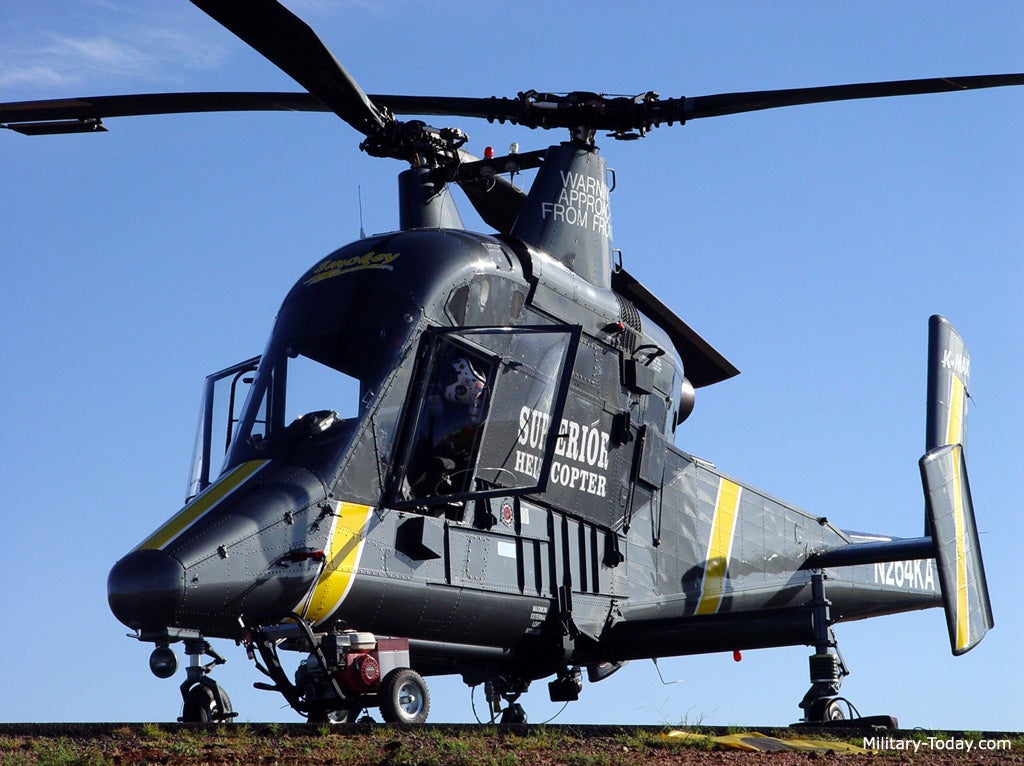
where close obstacle operation is a concern. Eliminating the tail rotor, which serves as the opposite force to the main rotor system torque keeps the helicopter pointed in one direction instead of spinning around. Well, that tail rotor could hit trees or buildings or off field unknown items when operating in forests. This reduced the drive systems to a tail propeller so there are some reduced maintenance items to look over. Also, there was a further benefit. Maneuverability. That tail rotor out back may have worked well for basic directional control, but was a hindrance to more aerobatic maneuvers that attack helicopters could make use of, such as "the funnel" where they slide sideways in a circular-strafing orbit pissing out rockets and lead at a single point. Making use of this is a design such as the Ka-50:
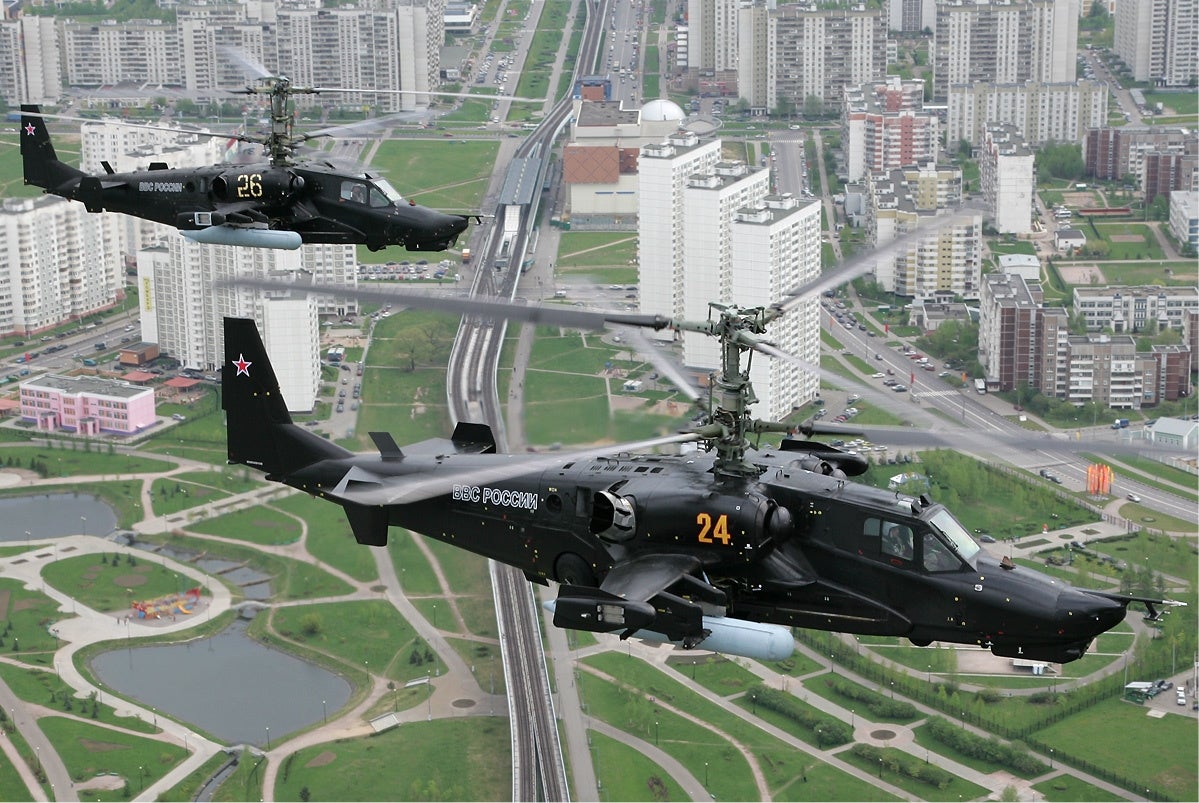
Noise: The multiple directions of the air flow being chopped up makes noise. any propeller will make that noise, but stack a second one behind it and not only do you have twice the propeller noise, but you will get additional wind noise. If you watched the XB-35 video on takeoff, you will hear it. That's not just prop-tips reaching the sound barrier, that's all of the extra motion too. The TU-95 bear had these things (top pic) and it is quite a loud plane however keep in mind the prop tips are only just supersonic if they are at all and are so big they are only turning 750 rpm.
Complexity: It requires a second set of gears within a gear box or at least a gearbox of it's own to make happen. this is increased maintenance. The design had better make use of the benefits or else the cost of keeping it in service will outweigh any benefit.
High Fuel prices: This will make people become inventive. In the eighties, when fuel was a concern for the airlines, they didn't have the technology to use high composite content in engines and airframes. They invented and tested the Un-Ducted fan. Basicly highly swept propellers on contra-rotating fashion geared to a jet engine. Making a high-tech turboprop for MD-80's and the like.

It worked. But gas prices dropped suddenly during the last rounds of the cold-war and it made no sense to spend the money on something new when a straight pipe old DC-9 was cheaper per mile to operate in the end. So, to museums it went. Lately the technology makes this concept moot. Gear reduced High-bypass ducted fans are the new thing and they are very efficient, of course all we need now is another big fuel spike and we might see contra-rotating ducted fans, like this idea-thing from the Delft University of Technology:
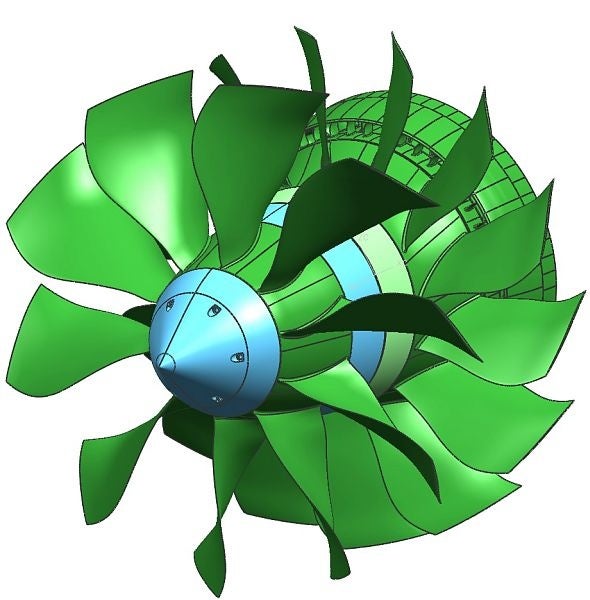
end: So, this means that when planning it's use, it can be a benefit to a larger plane as the weight increase won't be such a huge percentage of the total weight, where turbo-prop speeds can be useful.. Such as the TU-95 Bear, or in the case of a helicopter, space or maneuverability is the prime concern. The other potential use, is outright speed with high g-force manuverability, for example at the Reno air-races where precious metal runs a Griffon engine and kind of needs a prop like this for all of the power but also to help in the torque-rolling effects making it a wonderfully handling plane.
 For Sweden
> Grindintosecond
For Sweden
> Grindintosecond
01/15/2015 at 16:02 |
|
dat noise doe.
I know you mentioned it, but counter-rotating unducted fans couldn't fly into many airports.
 HammerheadFistpunch
> Grindintosecond
HammerheadFistpunch
> Grindintosecond
01/15/2015 at 16:12 |
|
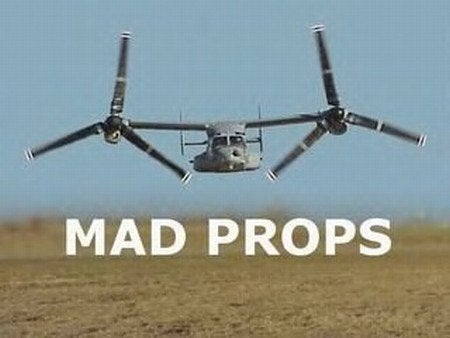
Thanks for this! good article.
 DoYouEvenShift
> Grindintosecond
DoYouEvenShift
> Grindintosecond
01/15/2015 at 16:15 |
|
Hate to be that guy. But I think its contrarotating. Counter is when the props on different engines rotate in opposite directions. But I could be wrong.
 ttyymmnn
> Grindintosecond
ttyymmnn
> Grindintosecond
01/15/2015 at 16:19 |
|
Great article. Needs more Fairey Gannet , though. Two turboprop engines ( Armstrong Siddeley Double Mamba ), counter-rotating propellers, one unbelievable gear box to make it all work.
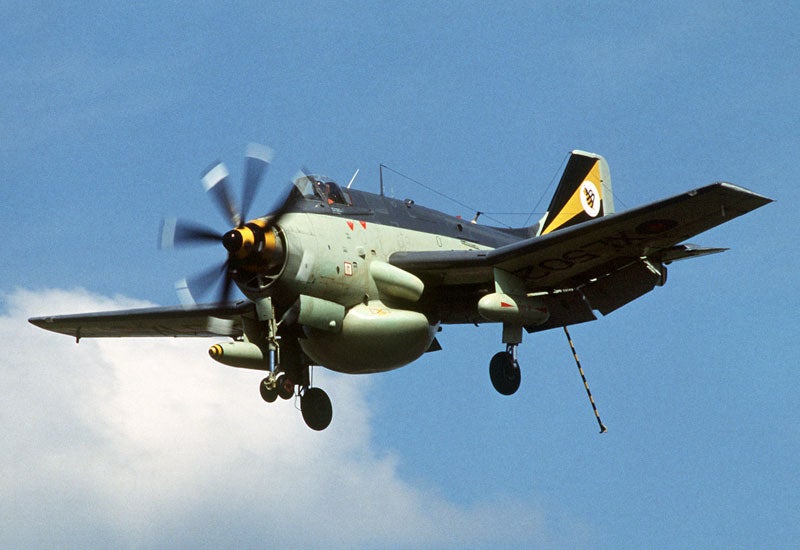

 Racescort666
> Grindintosecond
Racescort666
> Grindintosecond
01/15/2015 at 16:19 |
|
I love technical articles. Or at least articles that discuss the technical aspects of designs. Good post.
 Chris Clarke
> Grindintosecond
Chris Clarke
> Grindintosecond
01/15/2015 at 16:27 |
|
I was just reading about how Rolls Royce is developing an unducted counter rotating turbine that actually reduces noise.
http://www.imeche.org/news/engineeri…
Fantastic write-up.
 rotundapig
> Grindintosecond
rotundapig
> Grindintosecond
01/15/2015 at 16:29 |
|
What you're referring to are actually called contra-rotating prop, not to be confused with couter-rotating props:
http://en.wikipedia.org/wiki/Contra-ro…
 RallyWrench
> Grindintosecond
RallyWrench
> Grindintosecond
01/15/2015 at 16:37 |
|
Fascinating stuff, thanks!
 burntartichoke
> Grindintosecond
burntartichoke
> Grindintosecond
01/15/2015 at 16:53 |
|
The Brits doth love their contra-props
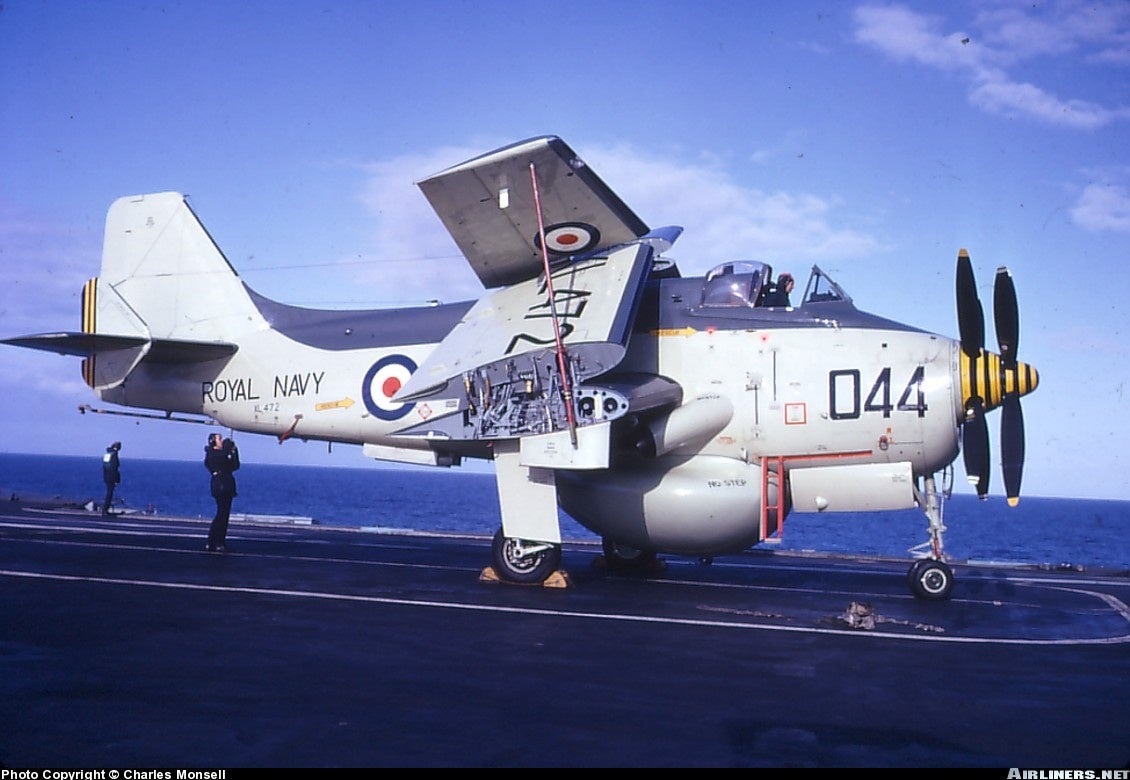
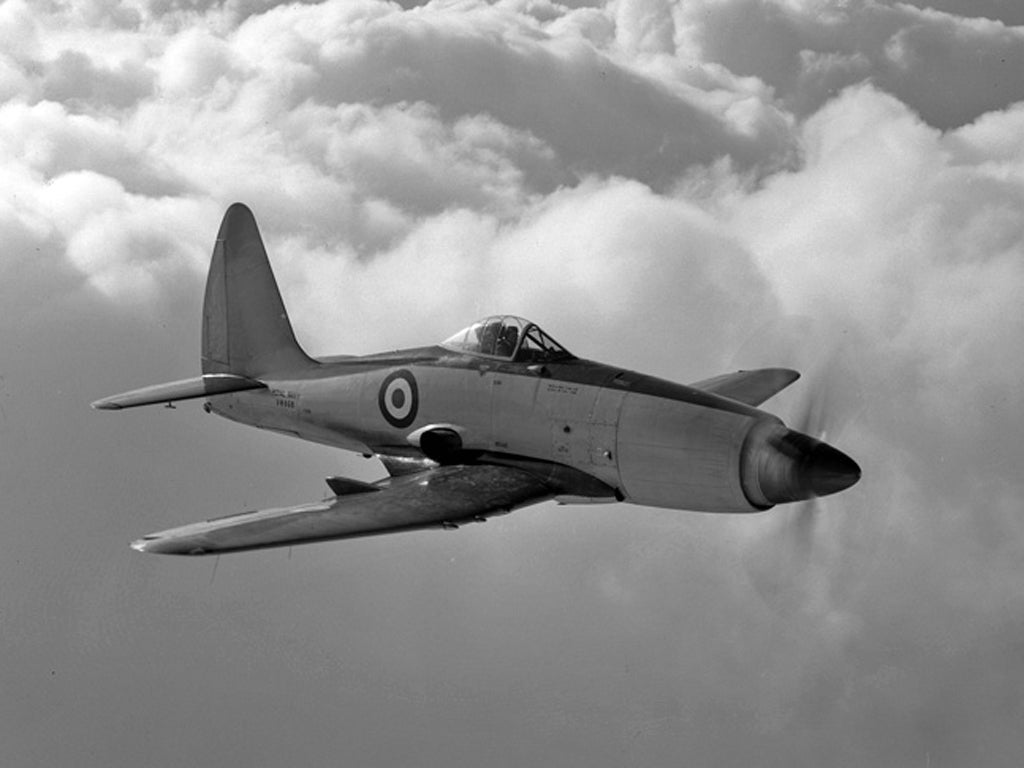
Some launch
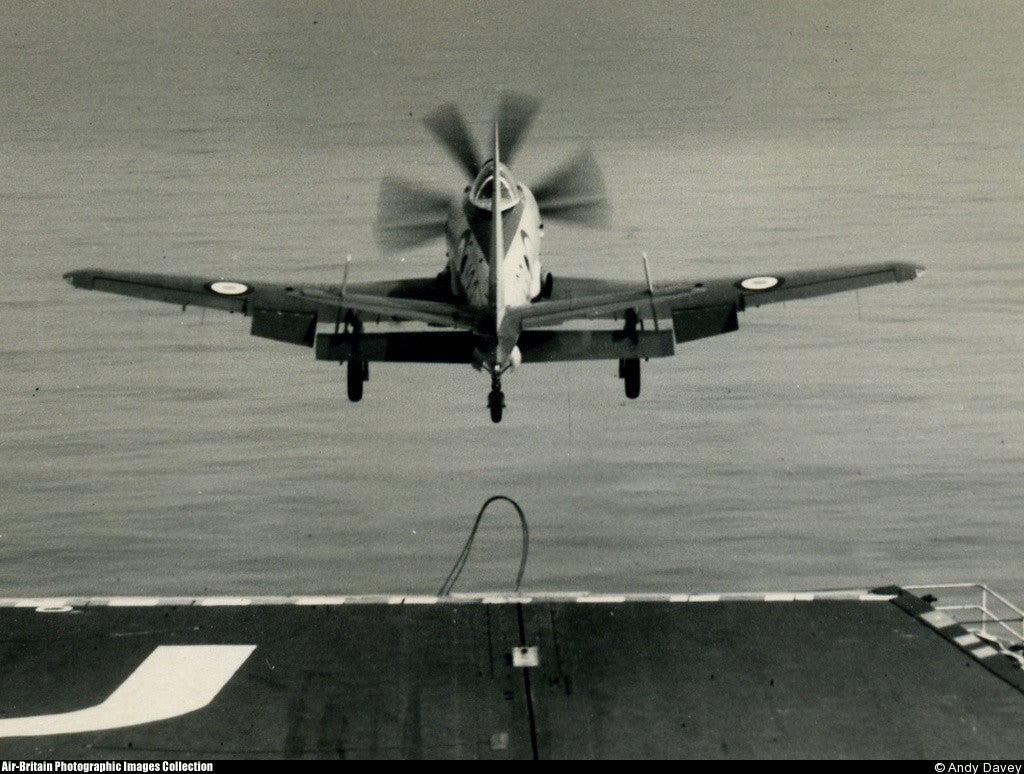
And Recovery
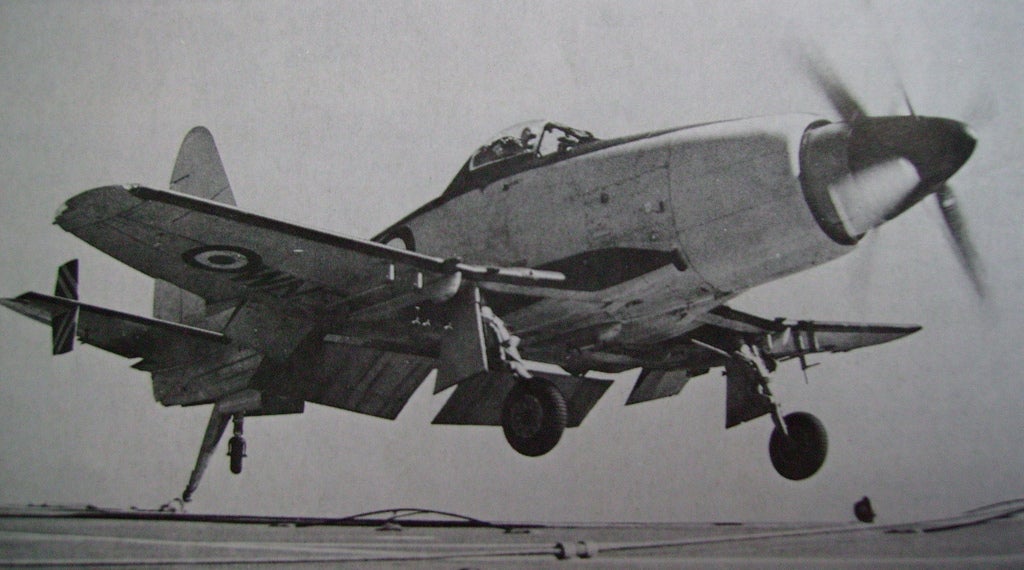
 Wildstar
> Grindintosecond
Wildstar
> Grindintosecond
01/15/2015 at 17:47 |
|
Northrop never merged with Convair.
40 years later, Northrup merged with Grumman.
 Grindintosecond
> Wildstar
Grindintosecond
> Wildstar
01/15/2015 at 18:03 |
|
You're right. I corrected it. Convair merged later with General Dynamics. I was just humming along typing and remembering things. The b-36 was a big political fight over the competition and mergers and other actions were forced to try to protect it. I thought at the time that's where Northrop went but I wasn't clear on 4 hours sleep. I edited content. Appreciate the heads-up.
 Grindintosecond
> rotundapig
Grindintosecond
> rotundapig
01/15/2015 at 18:05 |
|
Vernacular and semantics. Fixed. thanks. I mentioned to another commenter I am on 4 hours sleep today.